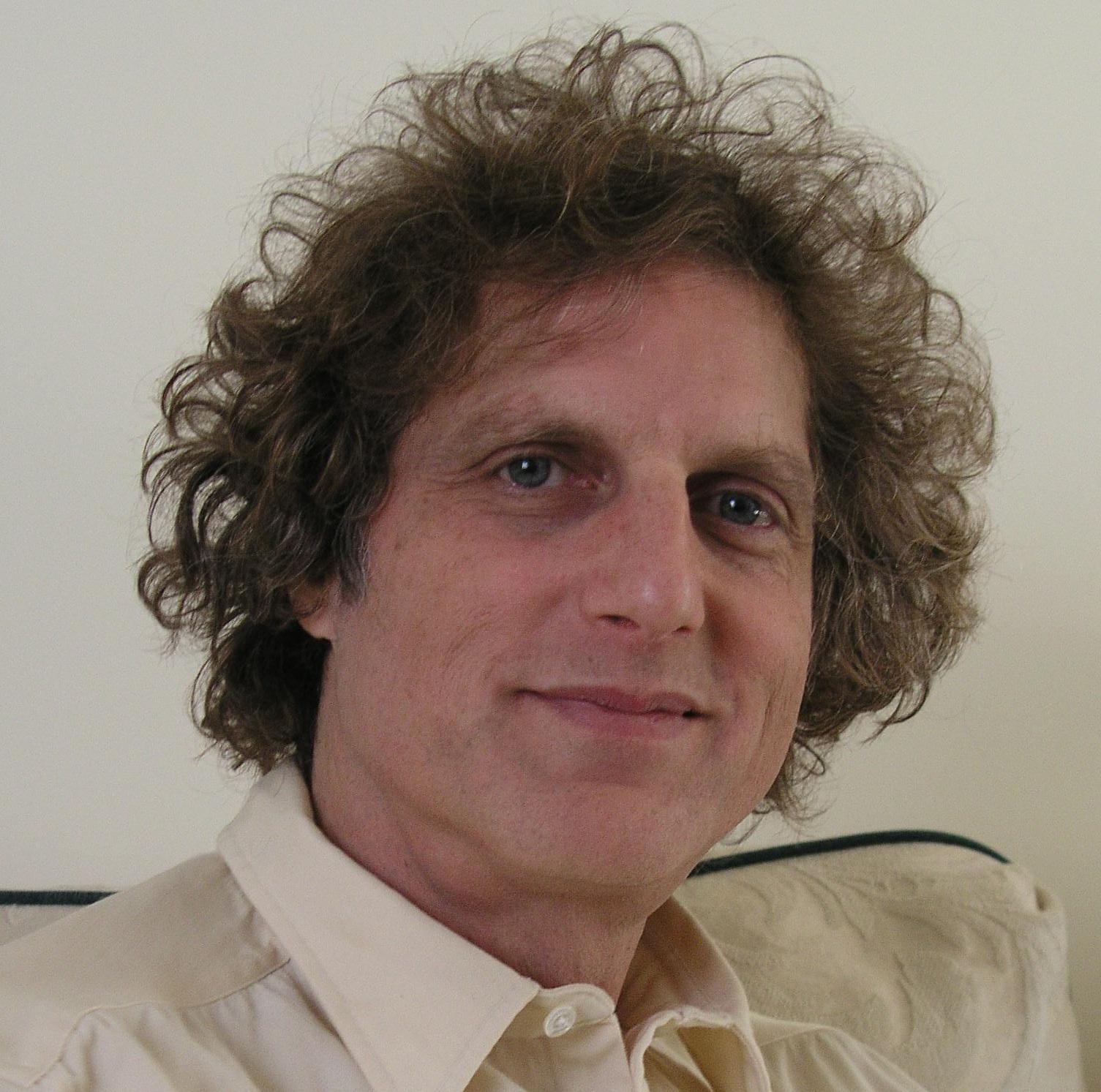Last week Martin Fleischmann passed quietly at the age of 85. Many of us think he missed his Nobel by a year or two. His obituary has been an occasion for a few honest investigative journalists to re-evaluate the promise of low energynuclear reactions, (LENR, or 'cold fusion'). But in the most prominent obituaries, including the
New York Times and this short piece in
Nature, the ignorant, self-righteous scientific denial continues. The elusive science of cold fusion is being buried in an ongoing campaign of censorship, ridicule and sabotage of funding.
This article in Forbes is an exception. Mark Gibbs is "from Missouri," and he emphasizes that after 23 years, we still have not seen a convincing demonstration of a commercializable technology. But he acknowledges that the science is real, and presents a list of those who now claim that commercial applications are close at hand.
Fleischmann was president of the International Society of Electrochemists and a Fellow of the Royal Society, Britain's top scientific honor. He wrote more than 240 scientific papers, many of them speculative, and some sufficiently innovative to open new fields of inquiry.
From 1983 to 1989, he and StanleyPons were doing eye-popping experiments in which, every now and then, a huge surge of heat appeared in their electrochemical cells. The energy dwarfed all conceivable chemical and electrical sources. It could only be nuclear in origin.
They were building a case for 'coldfusion', meticulously characterizing and documenting before making their momentous announcement to the scientific community, when their University administration intervened. This is too valuable to the University of Utah, they said. The patent rights are worth billions. You have to get this paper into print first. And you have to go on record before someone else does.
Hence the manic press conference of 23 March, 1989. Fleischmann and Pons shared their stunning results and their enthusiasm and their vision for the world's energy future before they were fully prepared to tell others how to replicate their experiment. They glossed over the patience, the months ofadjustments, the weeks of waiting for their palladium electrode to besaturated with heavy hydrogen, the many failed trials.
Many labs around the world tried to replicate the results that Fleischmann and Pons reported that day,and in retrospect it is not surprising that only a few succeeded. At a press conference in the Fall of 1989, the failures were announced, and a great many scientists piled on. They were unprofessional, if all too human.
But it was not simply scientific conservatism or even the arrogance of the scientific establishment that consigned cold fusion research to a backwater for 20 years. Suppression of research that was so promising required an organized campaign. Papers are sent back without review by mainstream physics and chemistry journals. Government funding mysteriously disappearsat the last moment. Prominent university departments turn away grants for cold fusion, and exile professors who conduct research inthe field.
Who is responsible for this campaign? There is no shortage of suspects: the petroleum industry might be the first one we think of. But traditional fusion research is a billion-dollar industry, and researchers in that field stand to lose if cold fusion succeeds. Experimentalists inthis field are knowledgeable, credible, and well-placed to do damage. Another theory is that our own DoE knows how to make a bomb with cold fusion technology, and doesn't want this knowledge to get out.
The shaming and injustice that Fleischmann suffered seems a personal tragedy, but suppression of this technology is a far larger crime against humanity. Mankind has pillaged the earth and polluted the skies for 20 years, while leaving the promise of cold fusion largely unexplored.





